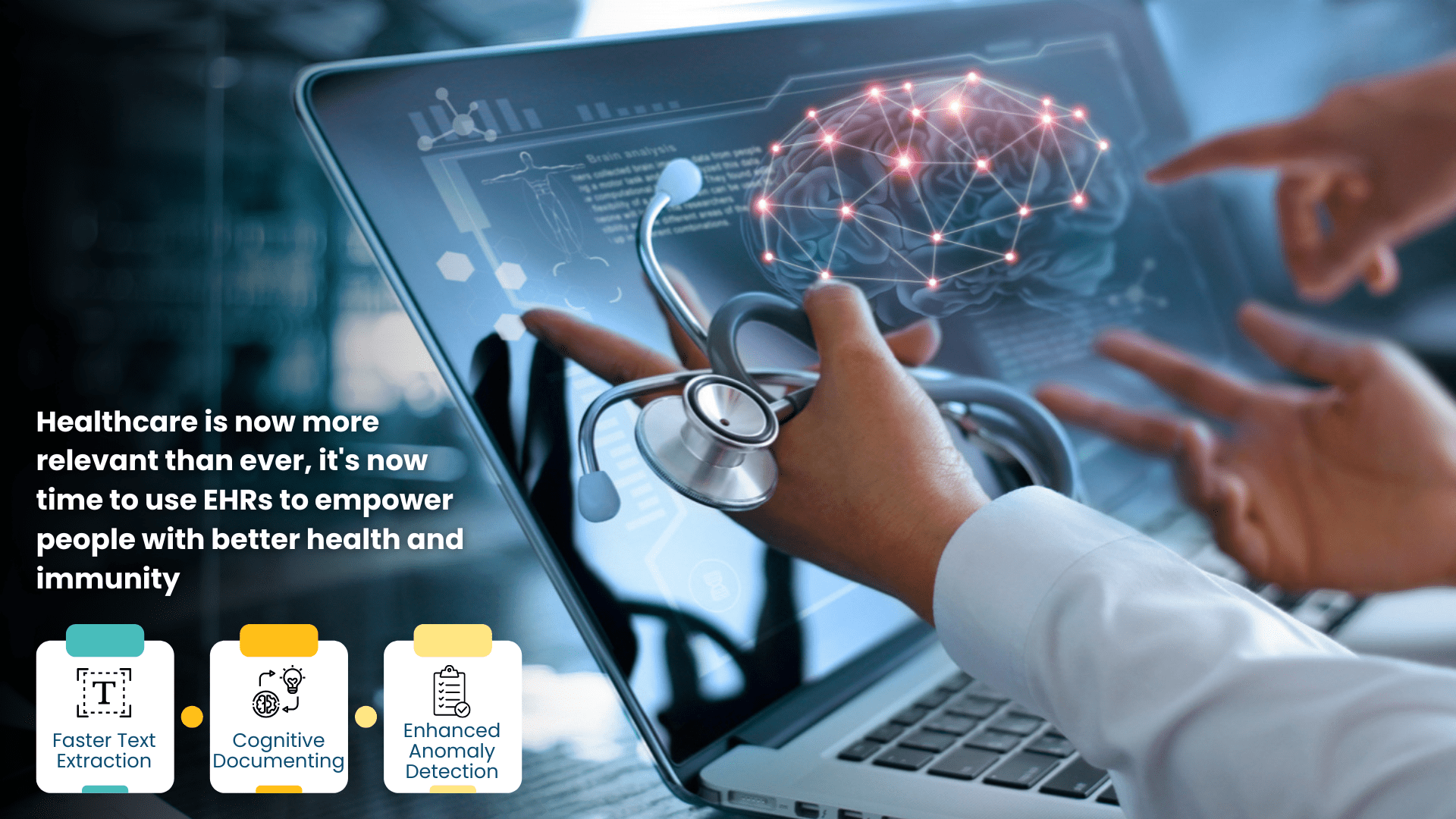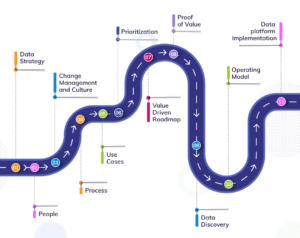The Importance of EHR in the Healthcare Ecosystem
EHRs offer several advantages to patients and healthcare professionals. They have emerged as a crucial component of the healthcare ecosystem. These advantages include the following-
Improved patient care: EHRs make it simple and quick for healthcare professionals to access patients’ medical information and make decisions regarding their care.
Enhanced efficiency: EHRs do not require human record-keeping, saving time and lowering the possibility of mistakes.
Better communication: EHRs make it simple for healthcare professionals to communicate patient information with other professionals, improving communication and care coordination.
Patient safety: Real-time access to information regarding drugs and allergies provided by EHRs lowers the possibility of prescription errors.
We, at 47Billion, have been helping healthcare organizations for a long time to make EHRs more efficient in reading handwritten and digital prescriptions and using that data for analytics and insights.
Platform: Innovative Quality Management & Document Understanding with HEDIS:
One of our clients came forward to aggregate the much-scattered pieces of information while delivering a platform that utilizes HEDIS Audit Management. This platform is a quality measurement and reporting ICD Engine targeted toward health plans to allow the –
- Cost reduction of compliance with HEDIS Audit requirements by streamlining and automating the entire audit process, ultimately reducing the time to audit each patient.
- Achieving a higher HEDIS star rating score results in higher bonuses and capitation.
- Implementing robust pay-for-performance programs with providers by closing gaps in care and thereby reducing overall patient care costs.
The platform obtains optimum financial performance and lowers compliance risk. The health plan distributors and medical practice groups require an automated solution where the risk adjustment can be more accurate.
We built this ICD engine that deploys precise word matching in the market. This engine helps in finding the words that confirm the presence of risk-adjustable ICD in medical records. During the first scan, the engine highlights all the ICD matches in a fraction of a second, thereby finding more HCCs. It increases coding speed and improves overall coding accuracy. This word matching is up to 98.2% accurate.
Here are some of the benefits that the ICD engine is bringing to the risk adjustment coding efforts –
Delivers higher HCC coding accuracy
This precise word-matching AI consistently helps coders confirm over 96% of the documented HCCs. It improves financial performance while lowering RADV audit and other compliance risks.
Identifies all the documented codes
The engine finds all documented codes and helps to code for any government program, including every state Medicaid program. The platform allows filters on these documented codes.
Emphasize documented codes
Precise word-matching AI highlights the documented diagnosis and gives coders the correct and specific code to confirm.
Much improved accuracy
The engine recognizes negative terms in the medical records. It filters a much higher percentage of false positives without creating false negatives.
Major Takeaways:
- As value-based care reimbursement protocols continue to become a mainstay in the healthcare industry. More payers are bringing HEDIS measures to the forefront.
- Healthcare plans are transforming from a traditional fee-for-service model to a population health model. The HEDIS tool helps in aligning all payers in the healthcare system. It focuses on a population’s overall health and long-term well-being.
- Quality measures close the gaps in care and decrease the use of costly care through preventive services. With the switch to ICD–10 codes, all paperwork will also enable the new diagnostic coding set to receive a reimbursement and meet quality measures in the new value-based care payment environment.
- The quality measures expand preventive services, including immunizations, pap smear tests, mammogram screenings, hypertension, and cholesterol management.
Conclusion:
It is vital for health payers and claims managers to focus on the population’s health management and patient engagement. These factors are crucial in a value-based care environment and for patient satisfaction.




